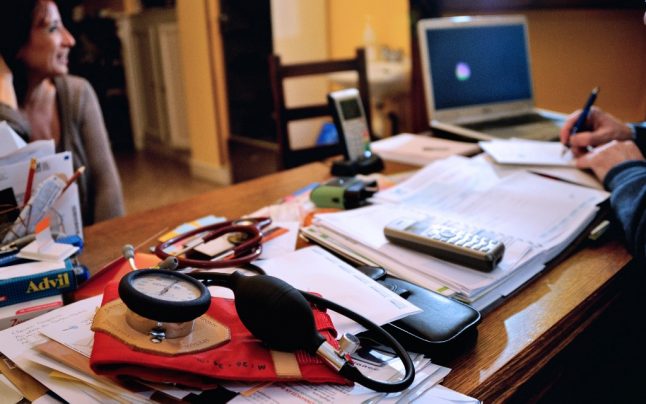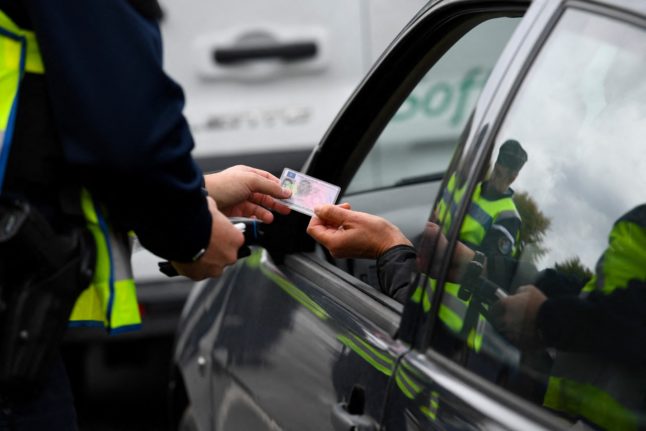Everyone who secures a new job in France will soon be handed a piece of paper informing them of their appointment with the service du santé au travail (workplace medical service). So what is this?
The service du santé au travail is a special workplace health service that monitors the health of employees and checks that they are not being made unwell by their working conditions.
READ ALSO Five surprising things available on French state medical care
Is it compulsory?
Yes. Every time you start a new job as a salaried employee you have an appointment, and then every five years after that. You will also have to see the workplace doctor when you return to work after long-term sick leave or maternity leave.
Your company is required to give you time off for the appointments, and can be fined if they do not. The visits are for permanent employees at a company, whether they work full time or part time.
Some big companies have their own in-house medical services but most smaller companies send their employees to the local centre de médicine du travail. You have to use a workplace specialist, rather than your own doctor.
All employees should have an appointment within three months of their start date (or before they start work in the case of employees under the age of 18 or night workers). If you are in a low risk group, it might be a nurse or occupational health specialist who does your appointment, rather than a doctor.
What does it involve?
The format of the medical can vary slightly depending on the nature of your work and whether you have recently had a medical check-up. Some companies offer them as online appointments, but in most cases it will be in-person.
The appointment usually involves a full medical check-up (which in France generally means removing a few pieces of clothing, let’s just say you should make sure you’re wearing your best underwear for the appointment) and they will check all the usual things such as height, weight and blood pressure.
But because the emphasis is on workplace health they will also ask you about your general workplace conditions and any possible hazards, so if you work in an office you will be asked about sitting positions and screen breaks, if you work as a driver you will be asked about rest periods and so on.
If you do have any pre existing conditions sch as RSI this will be tested so the doctors can establish over time whether your work is making this worse. You will also be asked about any mental health conditions such as stress or depression.
You may also be offered extra tests such as blood tests, but these are voluntary and you do not have to agree.
Then what happens?
The information you give is confidential and will not be passed to your employer, but if the doctor has concerns that your health – physical or mental – is being made worse by your work, he or she has wide ranging powers to demand a change in your working conditions or sign you off on sick leave.
If you feel you need special equipment such as a different chair, the workplace doctor can order your company to provide that – and that includes equipment at home if you are regularly working remotely.
Workplace doctors also have the power to make unannounced visits to companies if they have concerns about risks to employee health.
Who pays?
The government pays, via contributions from employers, so you don’t need to take any money with you to the appointment as you usually do for French medical services.
Then what?
You don’t need to go again for another five years – unless you change jobs or have any long-term sick leave. The appointments used to be every two years, but in 2018 were changed to every five years.



 Please whitelist us to continue reading.
Please whitelist us to continue reading.
I understand that you also need a physical exam to get a loan of a certain amount, such as for a house or apartment.